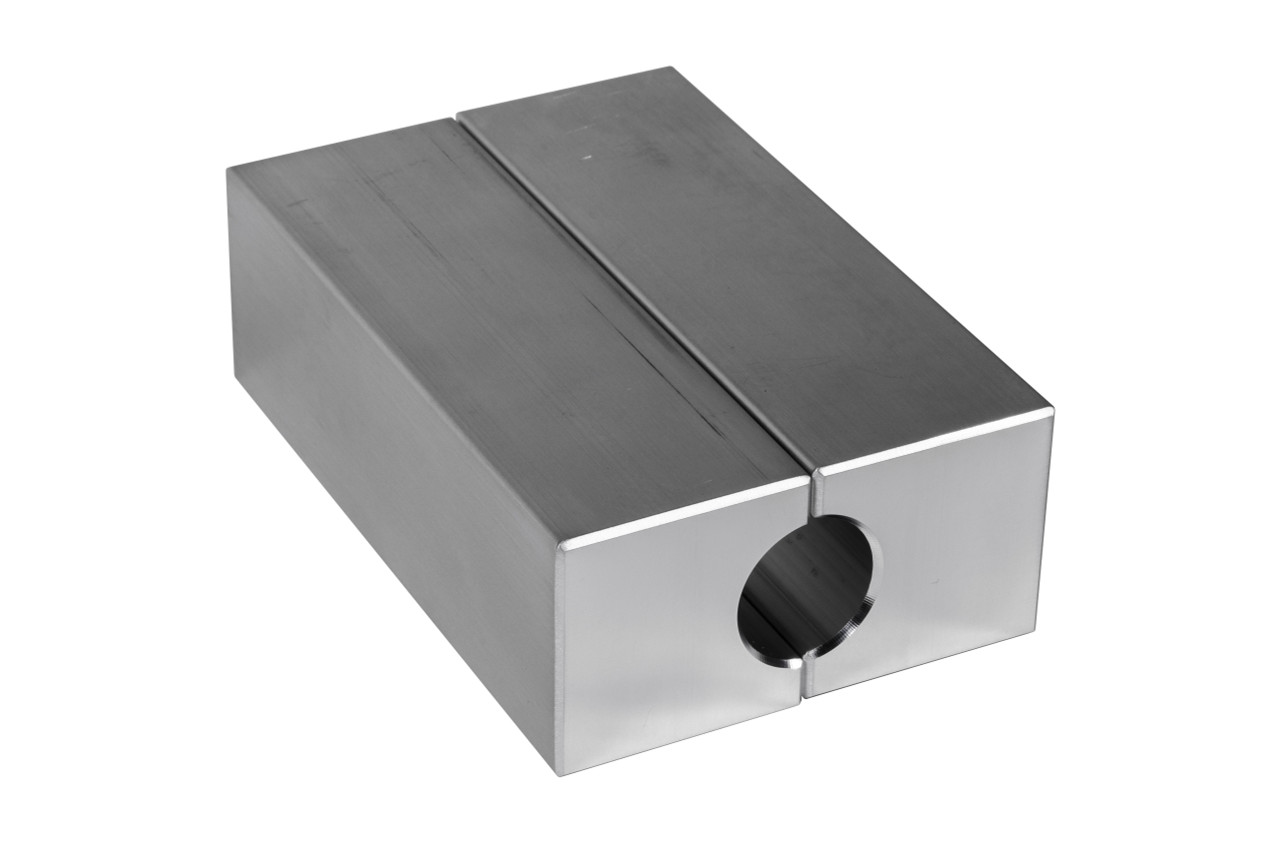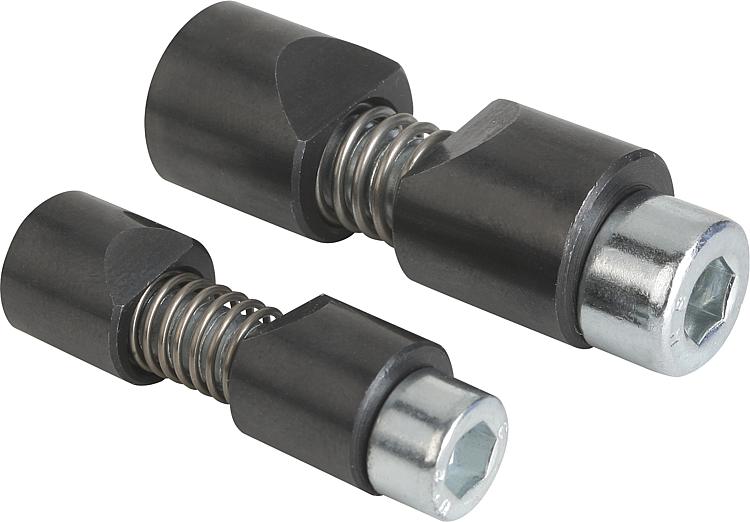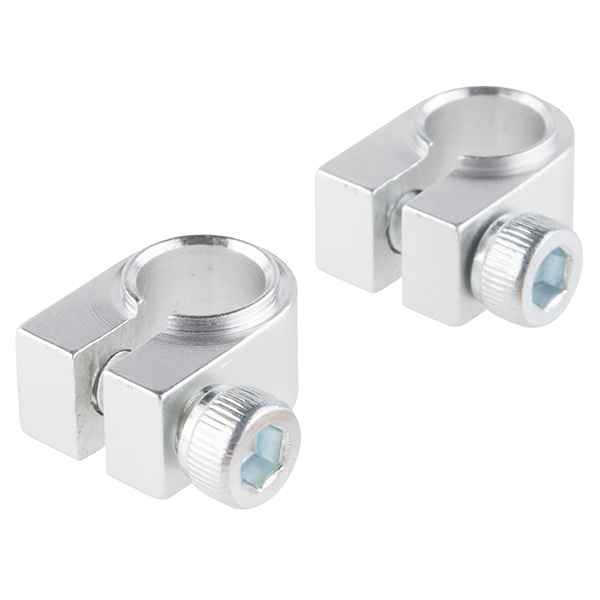Product Description
Product Description
| Nominal Diameter | 2 | 2.5 | 3 | -3.5 | 4 | -4.5 | 5 | (5.5 | 6 | (7 | 8 | 10 | 12 | |
| d | min=nominal size(H8) | 2 | 2.5 | 3 | 3.5 | 4 | 4.5 | 5 | 5.5 | 6 | 7 | 8 | 10 | 12 |
| max | 2.014 | 2.514 | 3.014 | 3.518 | 4.018 | 4.518 | 5.018 | 5.518 | 6.018 | 7.571 | 8.571 | 10.571 | 12.571 | |
| b | Norminal Size(js14) | 3.5 | 4 | 5 | 5 | 5 | 6 | 6 | 6 | 8 | 8 | 8 | 10 | 12 |
| max | 3.65 | 4.15 | 5.15 | 5.15 | 5.15 | 6.15 | 6.15 | 6.15 | 8.18 | 8.18 | 8.18 | 10.18 | 12.215 | |
| min | 3.35 | 3.85 | 4.85 | 4.85 | 4.85 | 5.85 | 5.85 | 5.85 | 7.82 | 7.82 | 7.82 | 9.82 | 11.785 | |
| dc | max=nominal size(h13) | 6 | 7 | 7 | 8 | 8 | 10 | 10 | 12 | 12 | 12 | 16 | 20 | 22 |
| min | 5.82 | 6.78 | 6.78 | 7.78 | 7.78 | 9.78 | 9.78 | 11.73 | 11.73 | 11.73 | 15.73 | 19.67 | 21.67 | |
| d0 | M2 | M2 | M2 | M2.5 | M2.5 | M3 | M3 | M4 | M4 | M4 | M4 | M5 | M5 | |
| d1 | min=nominal size(H11) | 0.6 | 0.8 | 0.8 | 1 | 1 | 1.5 | 1.5 | 1.5 | 1.5 | 1.5 | 2 | 3 | 4 |
| max | 0.66 | 0.86 | 0.86 | 1.06 | 1.06 | 1.56 | 1.56 | 1.56 | 1.56 | 1.56 | 2.06 | 3.06 | 4.075 | |
| set screw | M2×3 | M2×3 | M2×3 | M2.5×3 | M2.5×3 | M3×4 | M3×4 | M4×5 | M4×5 | M4×5 | M4×6 | M5×8 | M6×8 | |
| grooved pin | / | / | / | / | / | 1.5×10 | 1.5×10 | 1.5×12 | 1.5×12 | 1.5×12 | 2×16 | 3×20 | 4×22 | |
| taper pin | 0.6×6 | 0.8×6 | 0.8×6 | 1×8 | 1×8 | 1.5×10 | 1.5×10 | 1.5×12 | 1.5×12 | 1.5×12 | 2×16 | 3×20 | 4×22 | |
| per 1000 units kg | Form A | 0.69 | 1.05 | 1.23 | 1.62 | 1.52 | 2.96 | 2.8 | 4.32 | 5.48 | 4.88 | 9.4 | 18.5 | 25.2 |
| Form B/Form C | 0.65 | 0.96 | 1.15 | 1.55 | 1.45 | 2.89 | 2.73 | 4.14 | 5.26 | 4.64 | 9.2 | 18 | 24.4 | |
Company Profile
Certifications
FAQ
Q: Are you trading company or manufacturer ?
A: We are factory and OEM are available.
Q: How long is your delivery time?
A: Generally it is 7-10 days if the goods are in stock. or it is 15-20 days if the goods are not in stock, it is according to quantity.
Q: Do you provide samples ? is it free or extra ?
A: Yes, we could offer the sample for free charge but do not pay the cost of freight.
Q: What is your terms of payment ?
A: 30% T/T in advance ,balance before shippment or L/C.

What are the steps for replacing existing fastening methods with shaft clamps?
If you are considering replacing existing fastening methods with shaft clamps, here’s a detailed explanation of the steps involved:
- Evaluation and Planning: Start by evaluating the existing fastening methods and assessing the suitability of shaft clamps for your specific application. Identify the reasons for replacing the current fastening method and determine the desired outcomes and performance improvements. Plan the transition process, considering factors such as the number of clamps required, their specifications, and any modifications needed.
- Shaft Preparation: Prepare the shaft by cleaning it thoroughly and ensuring it is free from dirt, debris, and any existing fasteners or fastening elements. If necessary, remove any existing fasteners or components that will be replaced by the shaft clamps.
- Selection of Shaft Clamps: Choose the appropriate shaft clamps based on the requirements of your application. Consider factors such as shaft diameter, material compatibility, load capacity, and any specific features needed for your application (e.g., high-speed rating, corrosion resistance, etc.). Refer to the manufacturer’s specifications and guidelines to ensure proper selection.
- Positioning and Alignment: Position the shaft clamps at the desired locations along the shaft. Ensure proper alignment and concentricity with the shaft and the components being fastened. Use alignment tools or precision measurement instruments as needed to achieve accurate positioning.
- Installation: Install the shaft clamps by following the manufacturer’s instructions. Typically, this involves tightening the clamping screws or bolts evenly and gradually, ensuring that the clamps apply sufficient clamping force without causing deformation or damage to the shaft or components. Use the recommended torque values and tightening sequence provided by the manufacturer.
- Testing and Adjustment: After installing the shaft clamps, conduct thorough testing to ensure proper fastening, alignment, and performance. Check for any excessive vibrations, slippage, or misalignment. Make adjustments as necessary, such as tightening or loosening the clamps, repositioning components, or adding additional clamps for improved stability.
- Monitoring and Maintenance: Regularly monitor the performance of the shaft clamps and the overall system. Inspect the clamps for any signs of wear, looseness, or corrosion. Follow the manufacturer’s recommendations for maintenance, such as periodic inspection, lubrication, or replacement of components.
It’s important to note that the steps for replacing existing fastening methods with shaft clamps may vary depending on the specific application, machinery, and manufacturer recommendations. It’s advisable to refer to the manufacturer’s documentation, consult with qualified engineers or technicians, and follow industry best practices to ensure a successful transition and optimal performance with shaft clamps.

Where can I find tutorials on the proper installation of shaft clamps?
If you are looking for tutorials on the proper installation of shaft clamps, there are several online resources where you can find useful information and guidance. Here are some places to look:
- Manufacturer Websites: Many shaft clamp manufacturers provide instructional resources on their websites. Visit the websites of the specific brands you are interested in and look for sections such as “Installation Guides,” “Product Manuals,” or “Technical Resources.” These resources often include step-by-step instructions, diagrams, and even videos demonstrating the proper installation techniques for their shaft clamps.
- Online Video Platforms: Video-sharing platforms like YouTube or Vimeo are rich sources of instructional content. Perform a search using keywords such as “shaft clamp installation tutorial” or “how to install shaft clamps,” and you will likely find videos created by manufacturers, industry experts, or enthusiasts demonstrating the installation process. These videos can provide visual guidance and practical tips for installing shaft clamps correctly.
- Industrial and Mechanical Engineering Websites: Websites and online forums dedicated to industrial or mechanical engineering often have tutorials, guides, or articles that cover various aspects of mechanical assembly, including the installation of shaft clamps. Look for reputable websites, forums, or blogs in these domains and search for relevant articles or tutorials. These resources are typically created by professionals and experts in the field.
- Online Training Courses: Some online platforms offer paid training courses or webinars focused on mechanical assembly techniques. These courses may cover topics like shaft clamp installation as part of a broader curriculum. Look for reputable platforms that specialize in technical training or industrial skills development. These courses can provide in-depth knowledge and practical techniques for proper shaft clamp installation.
- Professional Networks and Associations: Engaging with professional networks and industry associations can also offer opportunities to access installation tutorials. Attend industry events, conferences, or webinars where professionals gather, and take advantage of workshops or sessions that cover mechanical assembly practices. Networking with experienced professionals in your field can also lead to recommendations for specific resources or training materials on shaft clamp installation.
When using these resources, it is important to ensure that the information comes from reputable sources and aligns with industry standards and best practices. Always refer to the specific manufacturer’s instructions and guidelines provided with the shaft clamps you are using, as they may have unique installation requirements or recommendations for their products.
By exploring these different sources, you can find tutorials and instructional materials that will help you understand the proper installation techniques for shaft clamps and ensure their effective use in your mechanical assemblies.

What are the key features to consider when selecting a shaft clamp for a specific application?
When selecting a shaft clamp for a specific application, several key features should be taken into consideration. These features will help ensure that the chosen shaft clamp is suitable for the intended use and provides optimal performance. Here are the key features to consider:
- Shaft Diameter: The shaft clamp must be compatible with the diameter of the shaft it will be installed on. Measure the diameter of the shaft accurately and choose a shaft clamp that matches or has an adjustable range to accommodate the specific shaft size.
- Material: Consider the material of the shaft clamp, as it can impact factors such as strength, corrosion resistance, and temperature tolerance. Common materials for shaft clamps include steel, stainless steel, aluminum, and plastic. Select a material that suits the environmental conditions and requirements of the application.
- Clamping Mechanism: Evaluate the clamping mechanism used in the shaft clamp. Common types include screw-based mechanisms, lever-operated mechanisms, or cam-style mechanisms. Consider the ease of installation, adjustment, and the level of grip provided by the clamping mechanism.
- Load Capacity: Determine the expected load or torque that the shaft clamp will need to withstand. Check the manufacturer’s specifications to ensure that the chosen shaft clamp can handle the anticipated loads without compromising performance or safety.
- Application Environment: Assess the environmental conditions in which the shaft clamp will be used. Factors such as temperature extremes, humidity, exposure to chemicals, or abrasive particles can affect the performance and durability of the shaft clamp. Choose a shaft clamp that is designed to withstand the specific environmental challenges of the application.
- Certifications and Compliance: In certain industries or applications, specific certifications or compliance with standards may be required. Examples include ISO certifications, FDA compliance for food-related applications, or industry-specific quality management system certifications. Verify that the shaft clamp meets the necessary certifications or standards for your application.
- Installation and Maintenance: Consider the ease of installation and maintenance of the shaft clamp. Look for features such as tool-less installation, accessible adjustment mechanisms, or provisions for lubrication if required. A shaft clamp that is easy to install and maintain can save time and effort in the long run.
- Compatibility with Components: Ensure that the shaft clamp is compatible with the components that need to be secured onto the shaft. Consider factors such as the shape, size, and attachment requirements of the components. The shaft clamp should provide a secure and stable connection without interfering with the functionality of the attached components.
By considering these key features, you can select a shaft clamp that is well-suited for your specific application, providing reliable and efficient performance. It is recommended to consult with manufacturers, suppliers, or industry experts for further guidance and to ensure the most appropriate choice for your specific requirements.


editor by CX 2023-11-03
